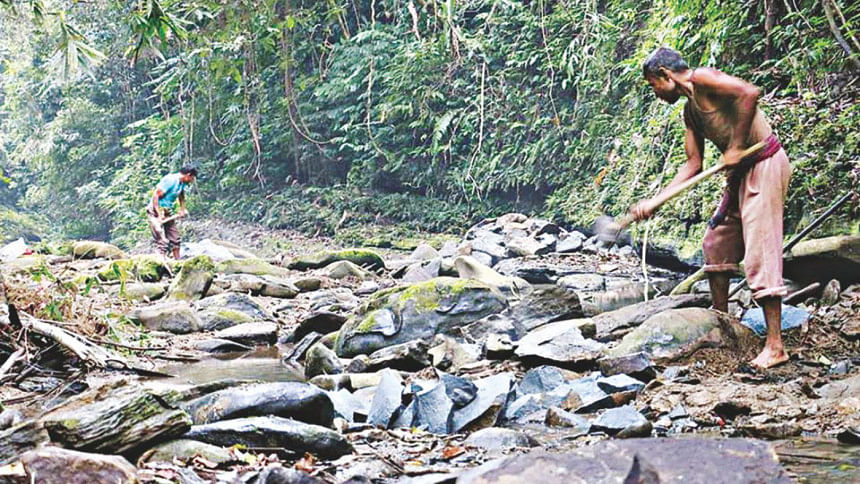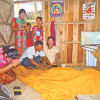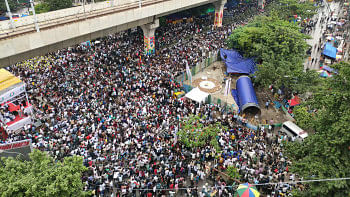Stone Mining in Hills: 200 streams in peril

Unrestrained stone extraction in at least 200 streambeds strewn across the hills of Bandarban is jeopardising the livelihoods of 11 ethnic groups and taking a toll on the biological diversity of the forest, according to a study.
The Bangladesh Marma Student Council (BMSC) voluntarily began a six-month survey in November to study the overall impact of stone extraction.
Unabated stone mining is taking place right under the nose of local administration in five South East upazilas of the country -- Ruma, Thanchi, Alikadom, Ruyangchori and Lama, according to the survey conducted by the 20-member team.
“The illegal practice is not only endangering wildlife and forest biodiversity, but also impacting the lives of the people on the hills,” Chinghlamong, general secretary of BMSC central committee, told The Daily Star.
People of at least eleven ethnic communities lead isolated lives on the hills and are dependent on the water from these streams for drinking, irrigation, fishing, and washing, he added.
The hills also nurture a rich biotic community of snakes, frogs, some deer and pigs.
“Through our field work, we discovered that the streams on the hills are drying up as the tributaries are unable to hold the water without the stone bedding,” he said.
“As a result of an ecological imbalance, people and wildlife will lose their habitat if this continues.”
It is quite common to see labourers in the streams breaking large boulders with hammers into small pieces and carrying them into vans to be taken away; these stones are mostly used in construction and road repairs, say locals.
Aungsaing Mya Marma, president of BMSC, said such mindless extraction is directly affecting 12,000 people in the hills as these streams are the main source of drinking water and fish.
These streams from the hills meet at the Sangu River that stretches over 170 kilometres in Bardarban, crossing the Ruma, Thanchi and Ruyangchori upazilas on both sides.
“The Sangu River is of great importance as people in these upazilas are dependent on the waterways to carry their crops and other essentials. Boat communication on the river is also being affected as a result of decreased water flow in the hills,” he added.
Local administration, officials of the forest division and law enforcers are playing an inactive role in containing the menace, BMSC alleged.
Some government officials are also investing money through local headmen and karbari (indigenous leaders) to profit from such illegal activities, the survey found.
Aungmrapru Chowdhury, sports and cultural secretary of BMSC, said there were check posts at various points in the Bandarban district. “How do the trucks carrying stones pass through these points?”
“We urge government high ups to come forward and save the forest and streams before it is too late,” he said.
In response to a query, Kazi Md Kamal Hossen, divisional forest officer of Bandarban, said the streams in the hills from where the stones are being pulled out do not lie within his jurisdiction.
“When we detect such activities within our area, we stop it,” he claimed.
Similarly, Md Aslam Hossen, deputy secretary of Bandarban, said action is being taken in this regard. “An order has been issued for the UNOs of the respective upazilas to stop such activities. We have taken a strong stance to put an end to it.”
However, the data that shows that over 200 streams are in peril are incorrect, he added. “It would have come to our notice if it were true.”
“The stone miners will receive no favour; we need the help of all to stop such acts.”

 For all latest news, follow The Daily Star's Google News channel.
For all latest news, follow The Daily Star's Google News channel. 








Comments